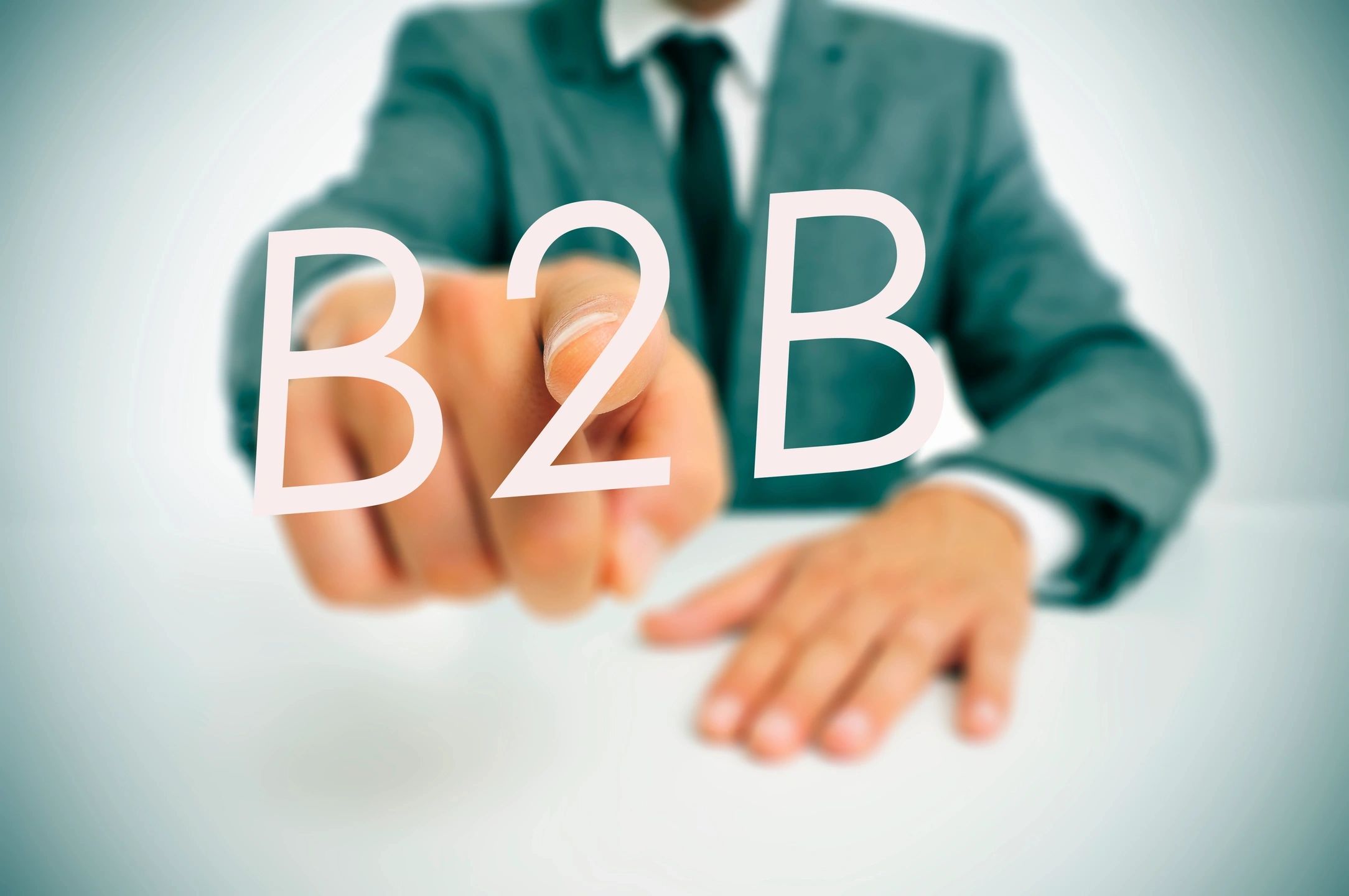Remember when the biggest workplace drama happened around the water cooler? Well, those days are long gone. Instead, something much more interesting is taking place in the digital world of B2B software. Furthermore, this shift is happening so quietly that most business leaders haven’t even noticed it yet.
The Unexpected Social Layer in Business Software
Here’s a thought that might surprise you: your B2B SaaS tools are slowly becoming social networks. However, unlike Facebook or Instagram, these platforms are creating connections through work tasks rather than personal posts.
Think about it for a moment. Moreover, when your team uses Slack, they’re not just sending messages – they’re building relationships. Similarly, when colleagues collaborate on a shared Google Doc, they’re creating bonds through comments and suggestions. Therefore, the line between work tools and social interaction is getting blurrier every day.
This trend is happening because modern workers spend more time in digital workspaces than physical ones. Consequently, software companies are starting to realize something important: productivity isn’t just about features anymore. Instead, it’s about creating spaces where people actually want to spend their time.
Why Traditional SaaS Thinking is Broken
Most B2B SaaS companies still think like engineers from the early 2000s. Specifically, they focus on adding more features, improving load times, and fixing bugs. While these things matter, they’re missing the bigger picture.
Today’s workers don’t just want efficient software. Rather, they want tools that make them feel connected to their work and their teammates. Furthermore, they want platforms that understand their daily struggles and actually help solve them in meaningful ways.
For example, consider how Notion became popular. Initially, it wasn’t because they had the fastest database or the most advanced features. Instead, people loved it because it felt personal and flexible. Similarly, teams could make it their own, which created an emotional connection to the tool.
This emotional connection is what separates successful SaaS companies from the ones that struggle to keep customers. Moreover, it’s becoming the secret ingredient that determines long-term growth.
The Coffee Shop Test for B2B Software
Here’s a simple way to think about this concept. Additionally, I call it the “coffee shop test.” Imagine your software as a coffee shop where your users spend several hours each day.
Would people actually enjoy being there? Furthermore, would they recommend it to their friends? Or would they only show up because they have to?
Most B2B tools fail this test miserably. However, the ones that pass it are creating something special. They’re building environments where work feels less like work and more like collaboration with people you actually like.
Take Figma as a perfect example. Designers don’t just use it because it works well. Instead, they use it because the real-time collaboration feels magical. When someone else is working on the same design, you can see their cursor moving around. Consequently, it creates a sense of presence that makes remote work feel less lonely.
The Hidden Psychology Behind Software Adoption
Research shows that people make decisions with their emotions first, then justify them with logic later. Therefore, B2B software that creates positive emotions wins over tools that only focus on functionality.
This explains why some “inferior” products beat “superior” ones in the market. Moreover, it’s not about having the most features – it’s about making users feel good about their choice.
Furthermore, successful SaaS companies are starting to hire more psychologists and behavioral experts. They understand that user experience isn’t just about clean interfaces. Instead, it’s about understanding how people actually think and feel when they use software.
Building Community Within Business Tools
Smart SaaS companies are now asking a different question: “How can we help our users connect with each other?” Rather than just focusing on individual productivity, they’re thinking about collective experiences.
For instance, Airtable created a template gallery where users share their creative solutions. As a result, customers don’t just use the software – they become part of a community that learns from each other. Additionally, this approach turns customers into advocates who actively promote the product.
Similarly, companies like Monday.com are adding social features that let teams celebrate wins together. Therefore, project management becomes less about tracking tasks and more about building team culture.
When software helps people feel connected to something bigger than themselves, retention rates skyrocket. Moreover, customer lifetime value increases dramatically because people don’t want to leave communities they’ve invested in.
The Future of B2B SaaS is Human-Centered
This trend toward more human-centered software isn’t just a nice-to-have anymore. Instead, it’s becoming essential for survival in the crowded SaaS market. Furthermore, companies that ignore this shift will find themselves losing customers to competitors who “get it.”
The most successful B2B SaaS companies of the next decade will be those that understand a simple truth: behind every business user is a human being who wants to feel valued, connected, and empowered. Therefore, the software that acknowledges this reality will win.
This is exactly why the human-first approach to B2B SaaS is becoming so important in today’s market. Moreover, it represents a fundamental shift in how we think about business software.
What This Means for Your Business
If you’re building or choosing B2B software, start thinking beyond features and pricing. Instead, ask yourself these questions:
- Does this tool make our team feel more connected or more isolated?
- Would people choose to use this software even if they didn’t have to?
- Does it solve real human problems, not just business processes?
- Can our team build their identity around using this tool?
Additionally, remember that the best business decisions often come from understanding people, not just processes. Therefore, the SaaS tools that win in the long run will be the ones that make work feel more human, not more mechanical.
The revolution is already happening. Furthermore, the companies that recognize it early will have a huge advantage over those that don’t. So the question isn’t whether this trend will continue – it’s whether you’ll be part of it or left behind by it.





